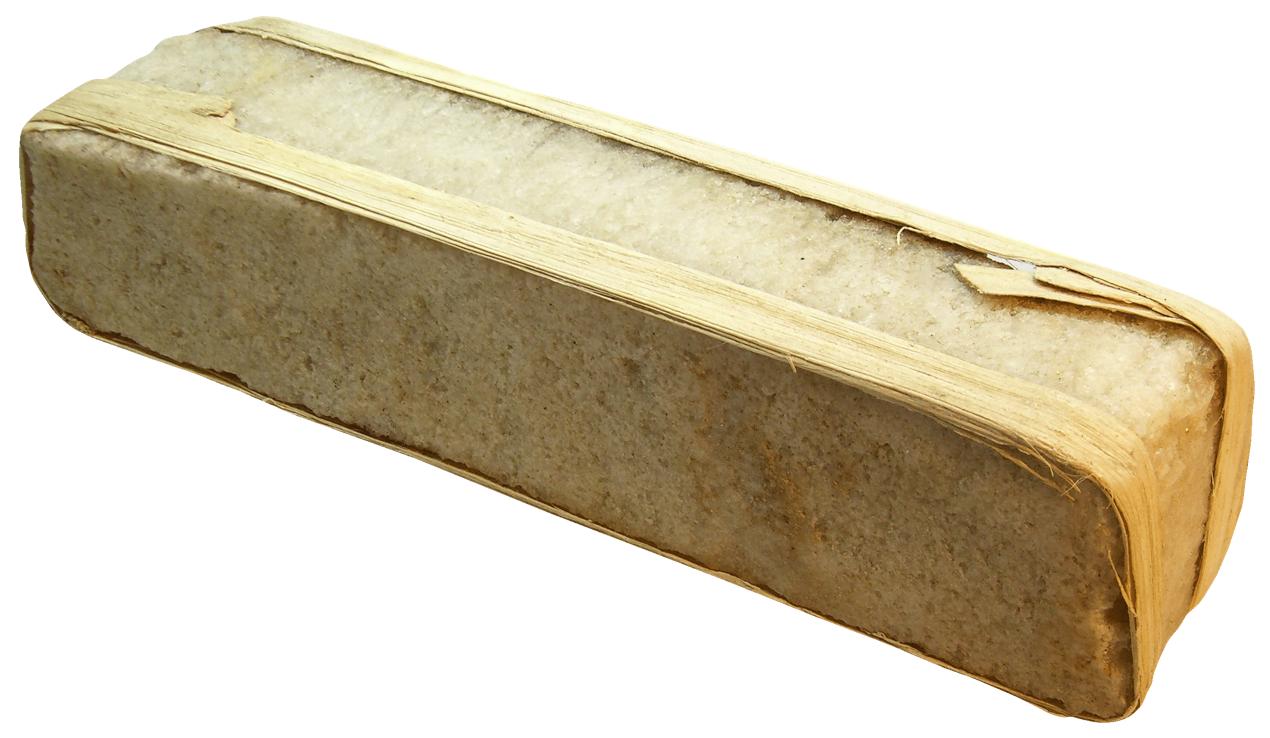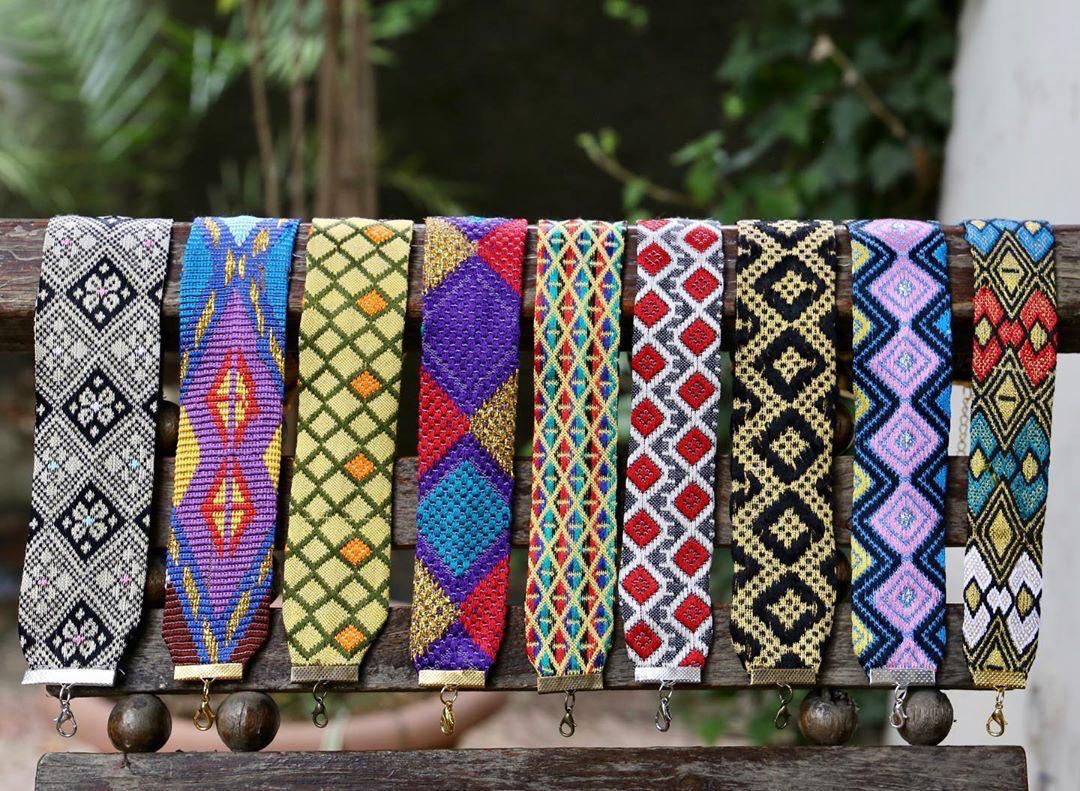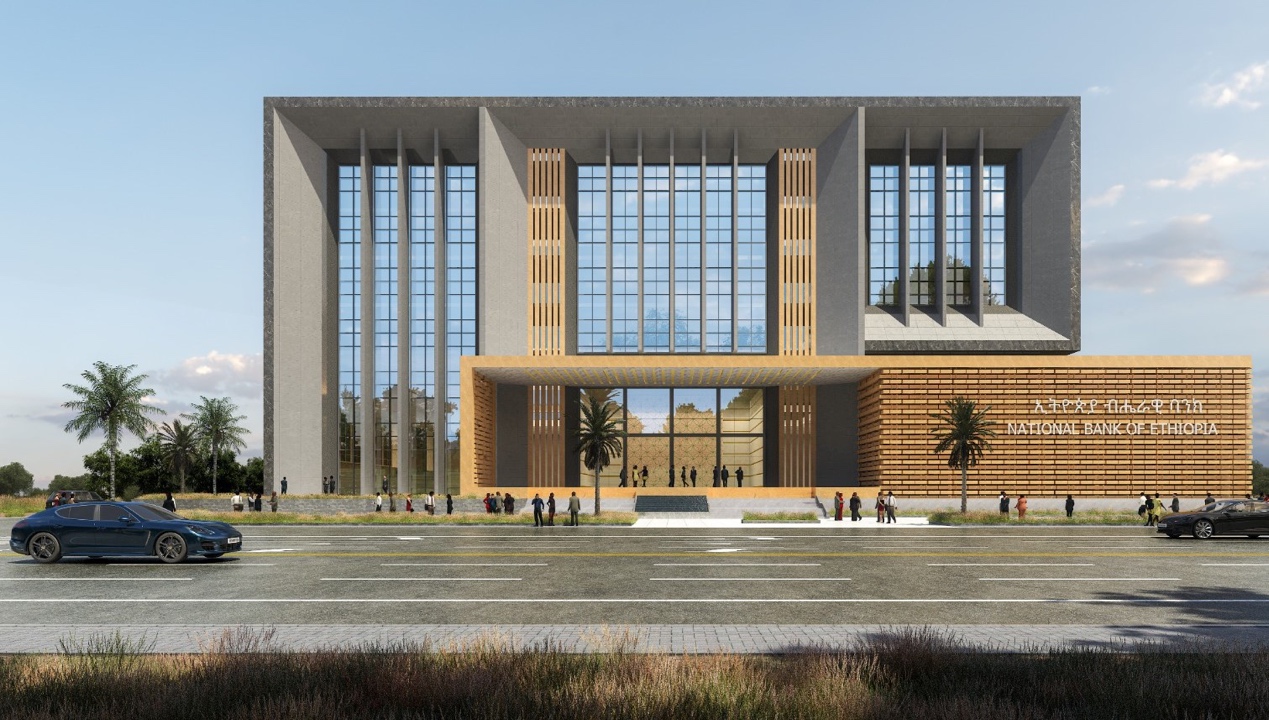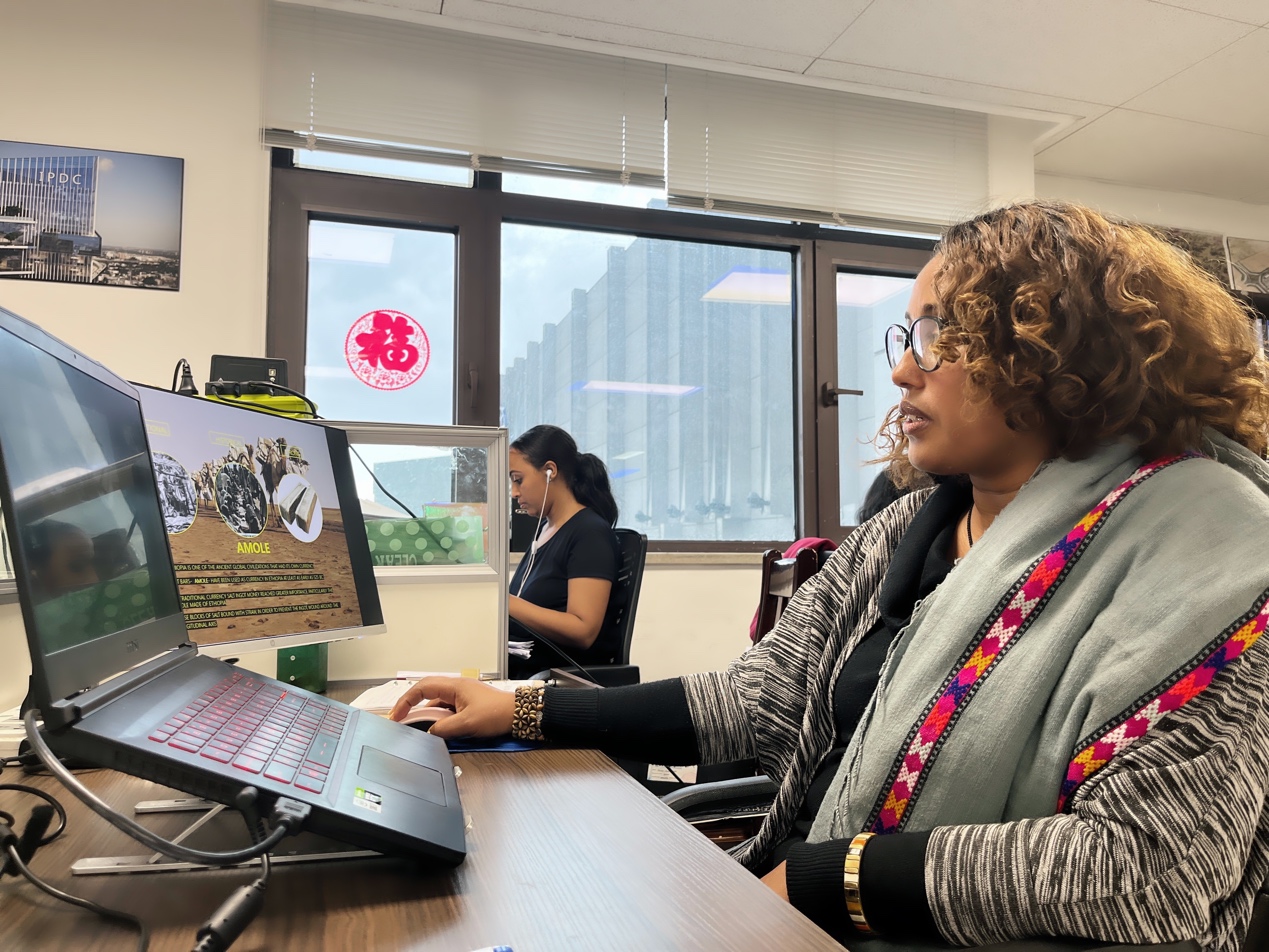Embracing African culture, creating a better world: story of an Ethiopian architect

Salt bars, also known as Amole in the Amharic language, were used as means of payment in Ethiopia in ancient times. Salt bars were still in use in Ethiopia at the beginning of the 20th century.
For thousands of years, salt bars packed in wooden carvings, known as Amole in the local Amharic language, were used as currency in Ethiopia. Until the beginning of the twentieth century, Amole was the de facto currency of the country, serving as a cultural symbol of Ethiopia's historical and economic progress.
Although it is no longer used as currency, Amole did inspire 44-year-old Ethiopian architect Medhanit Berhanu to design the primary buildings of Ethiopia's National Bank to resemble giant salt bars.
Medhanit, the design manager at Fuzhou Survey and Design Institute of China Civil Engineering Construction Corporation (CCECC) in Ethiopia, is mainly responsible for CCECC's success in seeing off many prestigious international designing behemoths to win the contract to construct the National Bank of Ethiopia.
"When designing a building, it is essential to include locals familiar with the culture and customs the structure will serve. I have learned a lot of modern technologies from the Chinese company and had my cultural viewpoint respected by my Chinese coworkers, which is why the Ethiopian government chose our design proposal,” said Medhanit.
Embracing traditional African culture
Medhanit has worked with CCECC for only a year, but her designs have already been used to construct the four branch offices of the National Bank of Ethiopia at Bahir Dar, Hawassa, Dire Dawa, and Jimma.
The four offices, which occupy an area of 86,000 square meters and feature distinctive styles inspired by regional cultures, will boost Ethiopia's reputation internationally and hasten its economic growth.
“My team and I have extensively researched the history and culture of the four cities, drawing inspiration from locals' daily lives. We have also factored in the four cities' distinctly different climates, balancing cultural factors with geographical ones,” said Medhanit.
In Bahir Dar, a city in northern Ethiopia, the ancient weaving technique known as Tilet in the Amharic language has been thriving in local communities for centuries. Tilet's vibrant colors and intricate designs reflect Ethiopia's varied landscape and culture.

Chokers made with hand-woven Ethiopian Tilet are a fashion statement among Ethiopian women. Photo by Twitter @AllureEthiopia.
"We covered the large column on the building's facet in traditional Tilet patterns to make it blend in with its surroundings and be less of an eyesore. The column represents Ethiopia's steadfast economic foundation, while the pattern highlights Bahir Dar's stunning cultural heritage," Medhanit explained.
Dire Dewa in the southwest of Ethiopia has a much stronger Islamic cultural influence than most Ethiopian cities. African and Islamic traditions shaped the city's signature urban layout for centuries.
"The Harari door, or Harar beri in Amharic, is a historic door style that fuses African and Islamic design elements. We used such a design on a facet of the Dire Dawa bank building, and the local authorities received it well," Medhanit explained.

Medhanit's architectural design for the Ethiopian National Bank.
Ethiopian officials have embraced designs by Medhanit and her Chinese colleagues, lauding the designers for their in-depth understanding of Ethiopian culture. The plan Medhanit's team submitted scored 15 points more than the runner-up.
“I'm proud that my plans have been approved for use on our country's national bank structures, allowing cutting-edge architecture to coexist with our rich cultural heritage,” said Medhanit.
Together with Africans, we design a better world

Medhanit appreciates the history and customs of the Ethiopian people. The traditional Ethiopian weaving art known as Tilet features heavily in her wardrobe. Photo by Chi Zao.
After graduating from Addis Ababa University with degrees in Architecture and Landscape Architecture, Medhanit travelled to Sweden, the United States, and the Philippines for further experience and cultural exposure.
“People in Ethiopia aren't aware of the importance of taking care of their environment. The majority of our efforts go toward the creation of brand-new structures, rather than the incorporation of any natural touches, and I'd like to find a spot where I can combine my passions for nature and architecture,” said Medhanit.
Medhanit says that working at the Fuzhou Survey and Design Institute is like a dream come true as the Chinese firm respects her ideas and environmentalist viewpoints and gives her a chance to showcase her talents.
"For most architects, such as myself, your only duty is to create designs. But with this company, I get to be a part of the entire building process, and it's incredible to know that I'm contributing to creating some of the most spectacular structures in our country," said Medhanit.
Medhanit is just one example of the Ethiopian skill pool contributing significantly to the achievements of the Fuzhou Survey and Design Institute. Of the 74 architects working for the Chinese company, 41 are from Ethiopia, and 73% have bachelor's degrees or higher. The company also employs six local architecture experts with at least 15 years of expertise.
The Fuzhou Survey and Design Institute has been actively growing across Africa, with new offices established in Nigeria, Ethiopia, Tanzania, and Kenya to better connect with and use the continent's wealth of creative talent. By the end of 2022, the firm had finished 244 overseas projects, with a cumulative built railway length of over 57,000 kilometers, a cumulative road mileage of about 8,600 kilometers, and a cumulative housing construction area of nearly 14 million square meters.
“African people are talented and creative. We want to provide a platform for them to thrive, as well as help Chinese people better understand local culture, so that we can expand our business in Africa,” said Jiao Guomu, director of the Chinese company.
China's Ministry of Commerce and eighteen other institutions issued a notice in 2021 encouraging the high-quality development of design consulting services abroad. This notice highlights the significance of absorbing foreign talents and fostering people-to-people exchanges between China and Belt and Road countries.
“I'm delighted there's so much for me and my Chinese coworkers to learn from one another. It would be great if more Chinese design companies could establish themselves in Africa so that our knowledge and their technologies could combine to help develop the continent,” said Medhanit.
Photos
Related Stories
- “Together we can”: Chinese tech behemoth oils the wheels of African digital revolution
- Stepping into a brighter future: stories of an Ethiopian shoe factory
- Putting China-Zambia ties in top gear
- Africa can be key link in global supply chain
- New organ strengthens cooperative ties between Chinese and African academic associations
Copyright © 2023 People's Daily Online. All Rights Reserved.









